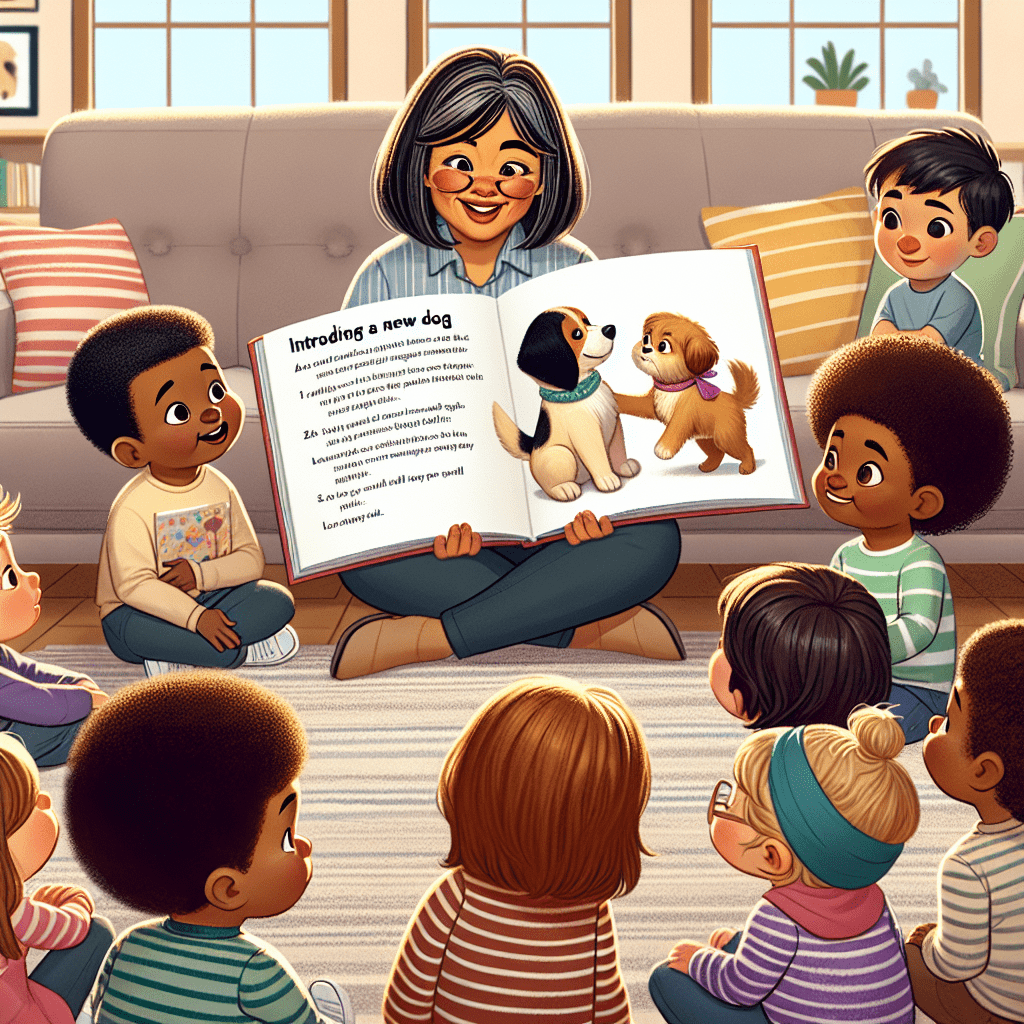

Paw-sitive Beginnings: A Parent’s Guide to Introducing Dogs to Young Children
Welcoming a dog into your home is a joyous occasion, especially for families with young children. Every wagging tail heralds the promise of companionship, adventure, and memories that last a lifetime. However, introducing dogs to young children requires patience, understanding, and a well-thought-out plan. Having worked with families and their furry friends for years, I am here to share some insights that can help you navigate this important transition with optimism and confidence.
Dogs and young children often form the most heartwarming partnerships. Encouraging this bond early on can lead to innumerable benefits. Research shows that kids who grow up with pets develop a greater sense of empathy, improve their social skills, and even enjoy better mental health. Moreover, a well-behaved dog can provide protection and comfort.
But let’s take a moment to consider a few essentials before diving into this new journey.
Creating a harmonious environment is vital for a successful introduction. Here’s a list of things to consider:
Every dog and child is unique, and while you may envision beautiful moments from the start, challenges can arise. Having strategies ready can be invaluable.
I have had the incredible privilege of witnessing many successful introductions between families and their furry companions. One family, for instance, began their journey with a rescue dog named Max, who was initially terrified of young children due to past experiences. Through gradual introductions, positive reinforcement, and set boundaries, Max soon became a cherished part of family picnics and evening snuggles on the couch.
In another case, a toddler named Ella seemed fearful of a larger dog. After introducing them on neutral ground—a park—while Ella was safely secured in her parents’ arms, the dog’s calm demeanor soon won her over. It wasn’t long before they were best friends, sharing toys and strolls through the neighborhood.
Q: What is the best breed of dog for families with young children?
A: Breeds like Labrador Retrievers, Golden Retrievers, and Beagles often show compatibility with children due to their friendly and patient natures.
Q: How should I react if my child gets bitten by a dog?
A: Always prioritize medical assessment and seek professional help for future interactions. Work on understanding what led to the bite to prevent future occurrences.
Q: Is it essential to train my dog before introducing them to my child?
A: Yes! Basic obedience training can create safer interactions and help alleviate any anxiety in both your dog and your child.
Q: What should I do if my child is afraid of the dog?
A: Allow your child to acclimatize to the dog’s presence at their own pace. Gradual exposure and positive experiences can turn fear into affection.
Disclaimer: As an Amazon Associate, I earn from qualifying purchases, I may earn a commission from qualifying purchases as an affiliate. Please note that I only recommend products I believe will provide value to my readers.
Bringing a dog into a home with kids requires patience and understanding, but the benefits of that companionship are immeasurable. With thoughtful preparation and a positive approach, your family can embark on a joyful journey of learning, love, and laughter that benefits everyone—both two-legged and four. So here’s to new beginnings filled with wagging tails and giggles!